Scarce swallowtail (Iphiclides podalirius): Jean-Raphaël Guillaumin (JR Guillaumin), CC BY-SA 2.0, via Flickr @ https://www.flickr.com/photos/jrguillaumin/2689023481/
specimen captured via William Henry Rudston Read's (b.5/14/1808) hat, 1822, Slough nursery garden, south central England: John Curtis (1823-1840), British Entomology Vol. V, Plate 578, Not in copyright, via Biodiversity Heritage Library @ https://www.biodiversitylibrary.org/page/8221568
oil on canvas portrait of John Ray painted by unknown artist after 1680 ~ National Portrait Gallery, London: Public Domain, via Wikimedia Commons @ https://en.wikipedia.org/wiki/File:John_Ray_from_NPG.jpg
Musée du Louvre: Department of Greek, Etruscan and Roman Antiquities, Sully, first floor, room 43, case 23: Marie-Lan Nguyen (Jastrow), Public Domain, via Wikimedia Commons @ https://it.wikipedia.org/wiki/File:Herakles_strangling_snakes_Louvre_G192.jpg
J. Hübner, Das kleine Schmetterlingsbuch (1934), page 17; illustration from J. Hübner, Sammlung europäischer Schmetterlinge (1805): Internet Archive Book Images, No known copyright restrictions, via Flickr @ https://www.flickr.com/photos/internetarchivebookimages/20845927401/
Huesca, Aragón, northeastern Spain: www.invertebradosdehuesca.com, CC BY 3.0 ES, via Wikimedia Commons @ https://en.wikipedia.org/wiki/File:Iphiclides_feisthamelii_male.jpg
Sleedoorn bloemen (Prunus spinosa) Blackthorn: Rasbak, CC BY-SA 3.0, via Wikimedia Commons @ https://commons.wikimedia.org/wiki/File:Sleedoorn_bloemen_(Prunus_spinosa).jpg
chrysalis by Vincent-Louis Jourdin-Pellieux (1805-1883); caterpillar landscape by P. Duménil; P.-A.-J. Duponchel, Iconoraphie (1849), Vol. 1, Plate I, opp. p. 40: Public Domain, via Internet Archive @ https://archive.org/details/iconographieethi01dupo/page/n46/mode/1up?view=theater; via Biodiversity Heritage Library @ https://www.biodiversitylibrary.org/page/10139027
northeastern Italy: Fabio Stergulc, Università di Udi, Bugwood.org, CC BY 3.0, via Forestry Images @ https://www.forestryimages.org/browse/detail.cfm?imgnum=1297019
osmeterium not visible: Andre Abrahami (Abrahami), CC BY-SA 3.0, via Wikimedia Commons @ https://commons.wikimedia.org/wiki/File:Flambé-chenille.JPG
osmeterium visible: Andre Abrahami (Abrahami), CC BY-SA 3.0, via Wikimedia Commons @ https://en.wikipedia.org/wiki/File:Flambé-chenille2.JPG
Scarce Swallowtail (Iphiclides podalirius) pupa: Dean Morley (Deanster1983), CC BY-ND 2.0, via Flickr @ https://www.flickr.com/photos/33465428@N02/6870100821/
hindwing closeup: Dean Morley (Deanster 1983), CC BY-ND 2.0, via Flickr @ https://www.flickr.com/photos/33465428@N02/4555072311/
butterfly bush (Buddleja): Jean-Raphael Guillaumin (JR Guillaumin), CC BY-SA 2.0, via Flickr @ https://www.flickr.com/photos/jrguillaumin/3752382168/
Veneto, northeastern Italy: Silvano Albero, CC BY-SA 3.0, via Wikimedia Commons @ https://commons.wikimedia.org/wiki/File:Iphiclides_Podalirius.JPG
lavender (Lavandula): Mickaël Mottin, Licence Art Libre 1.3 (LAL 1.3)(Free Art License 1.3), via Wikimedia Commons @ https://commons.wikimedia.org/wiki/File:Iphiclides_podalirius01.jpg
Karlsruhe, southwestern German: H. Zell, CC BY-SA 3.0, via Wikimedia Commons @ https://commons.wikimedia.org/wiki/File:Lavandula_angustifolia_003.JPG
Les Baux-de-Provence, southeastern France: Grez, CC BY-SA 3.0, via Wikimedia Commons @ https://commons.wikimedia.org/wiki/File:Iphiclides_podalirius_on_lilac.jpg
Iphiclides podalirius with its favorite color: György Nádudvari (Reedcourty), CC BY-SA 2.5, via Wikimedia Commons @ https://commons.wikimedia.org/wiki/File:Kardos_lepke_Iphiclides_podalirius_001.jpg
dorsal (upperside) view of scarce swallowtail: Ymaup, CC BY-SA 3.0, via Wikimedia Commons @ https://commons.wikimedia.org/wiki/File:Flambe3.jpg
illustration by Scottish naturalist James Duncan (1804–1861); J. Duncan, British Butterflies (1855), Plate IV, opp. p. 94: Not in copyright, via Internet Archive @ https://archive.org/details/britishbutterfli00dunc/page/n100/mode/1up?view=theater; Public Domain, via Biodiversity Heritage Library @ https://www.biodiversitylibrary.org/page/15851092
Kolymbia, northeastern Rhodes: Böhringer Friedrich, CC BY-SA 2.5, via Wikimedia Commons @ https://en.wikipedia.org/wiki/File:Segelfalter04.JPG


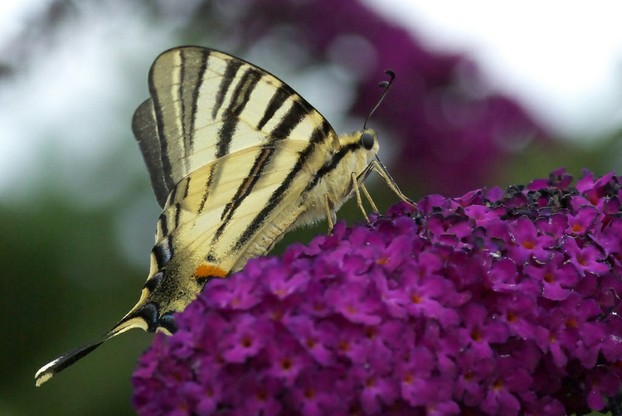
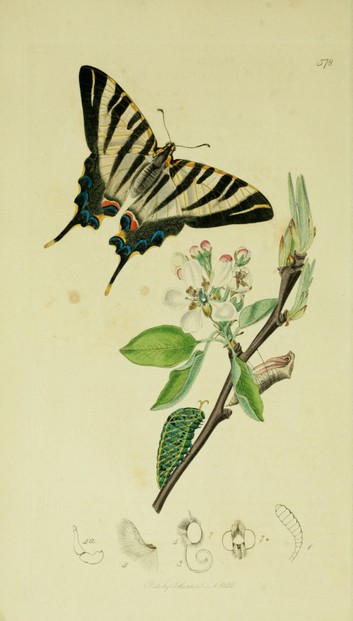


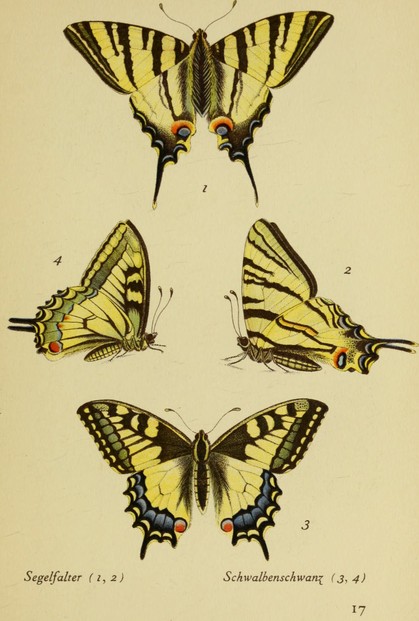
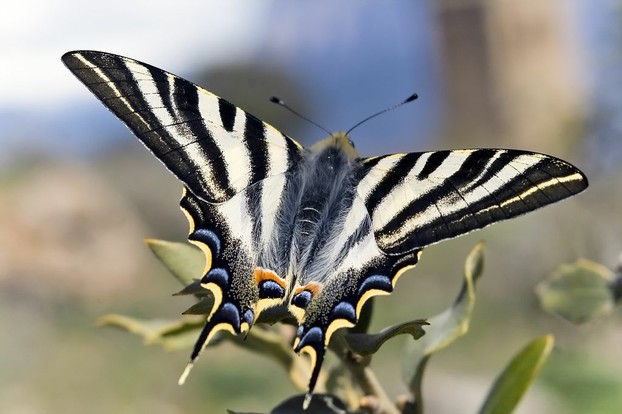
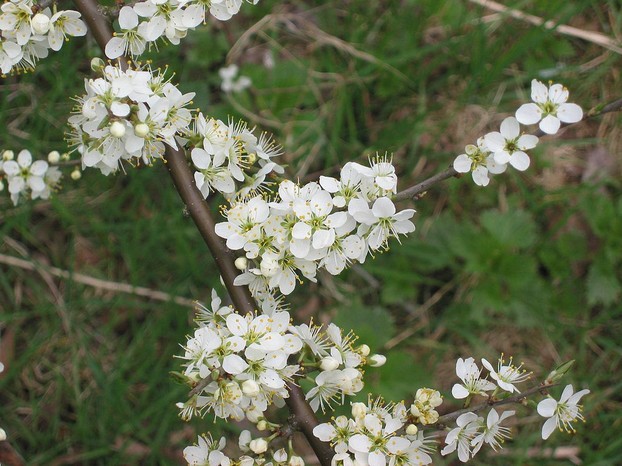
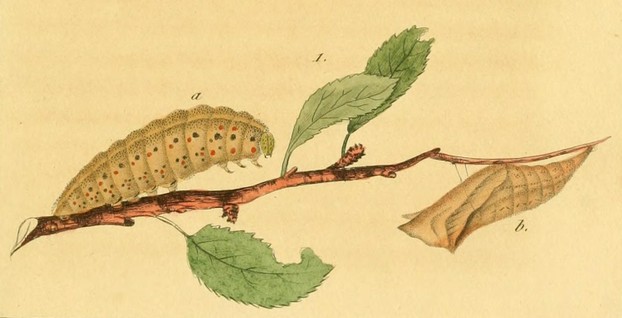
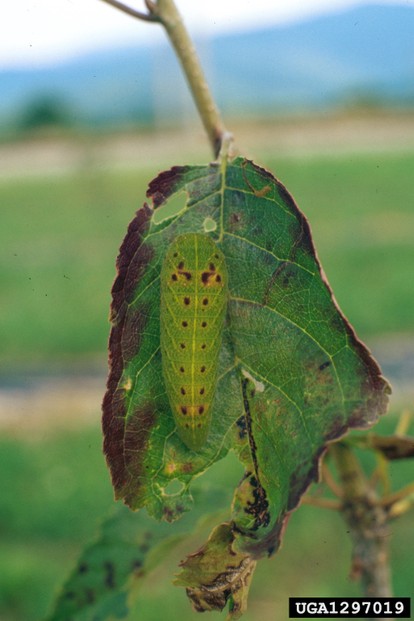
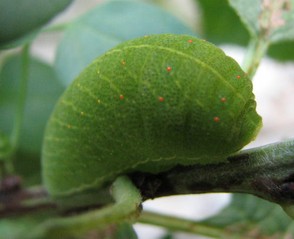
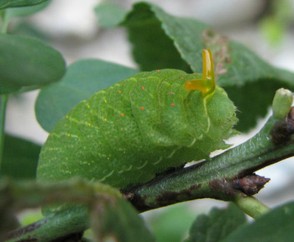
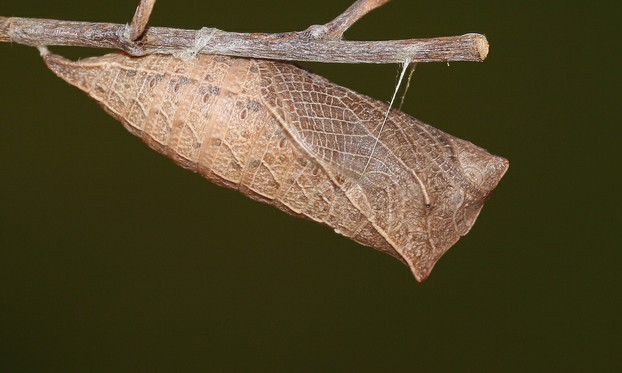
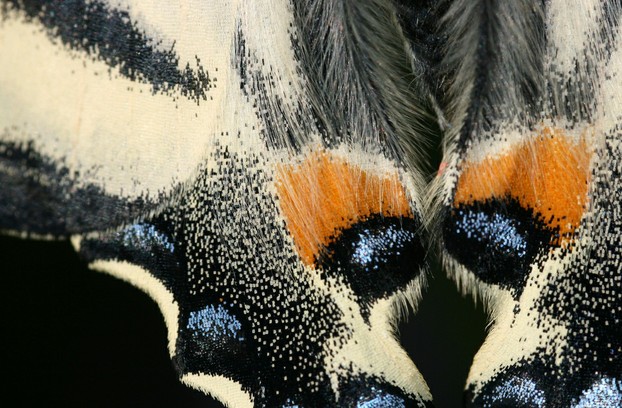
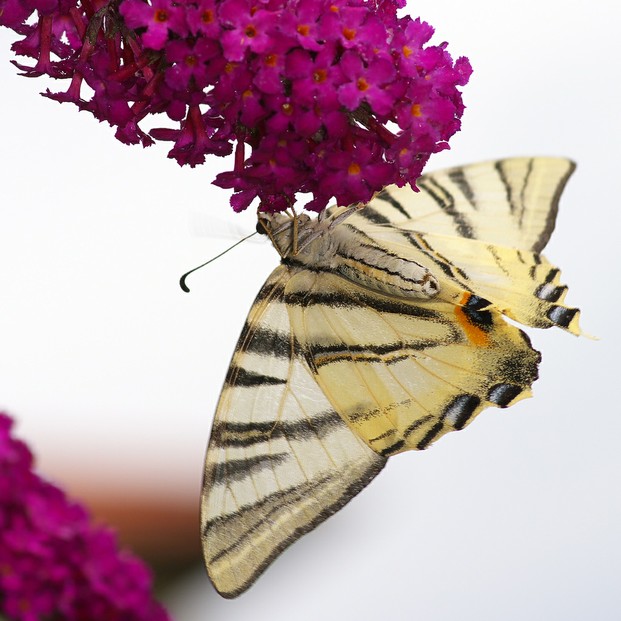
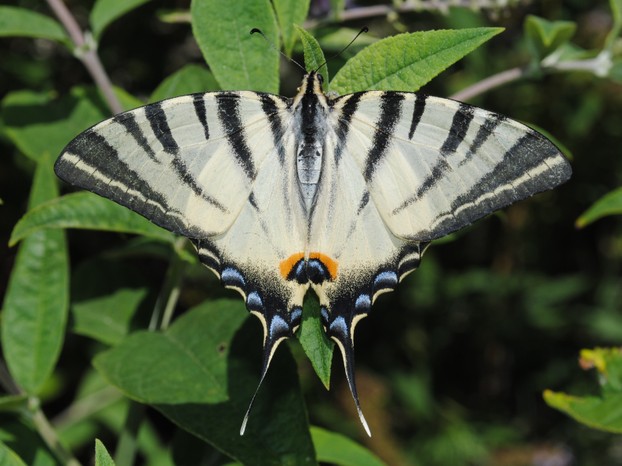
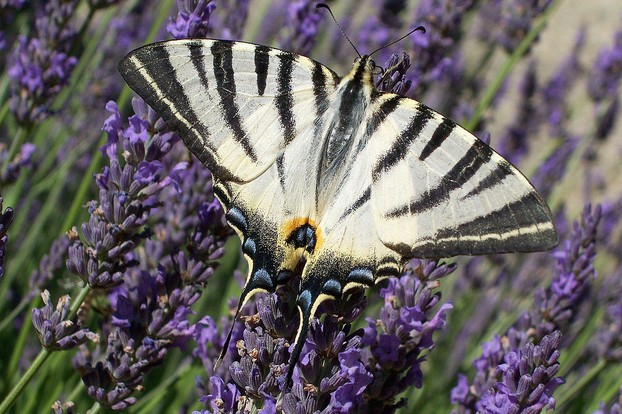
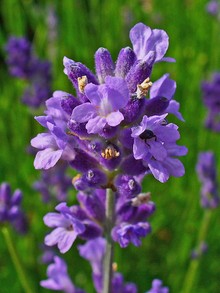
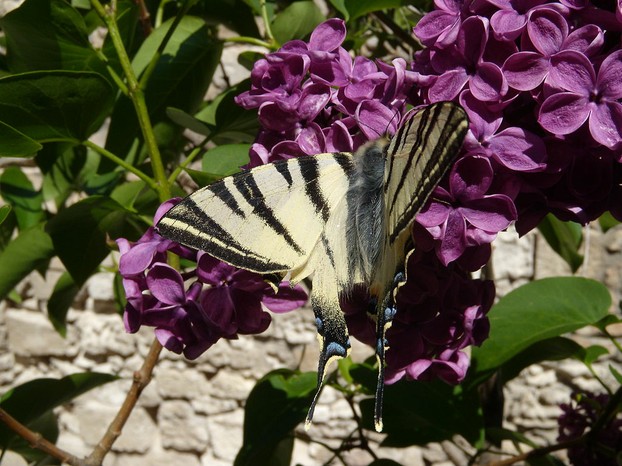
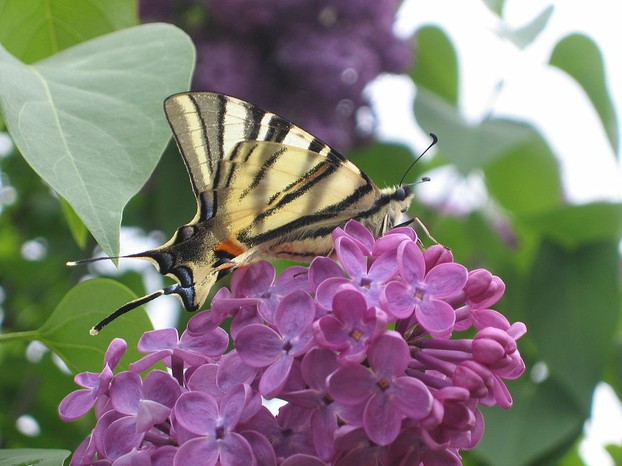
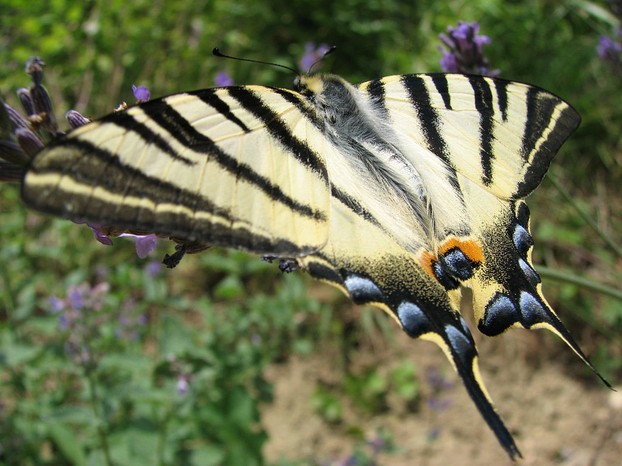
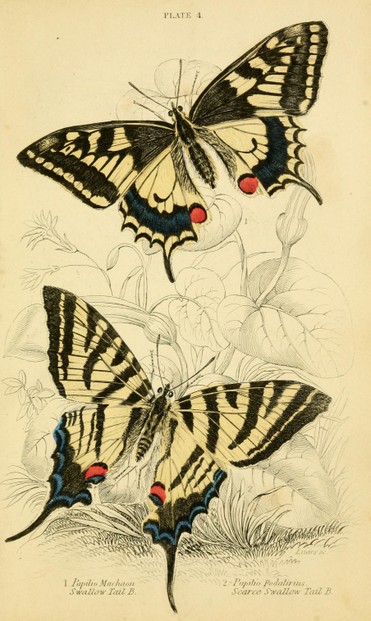
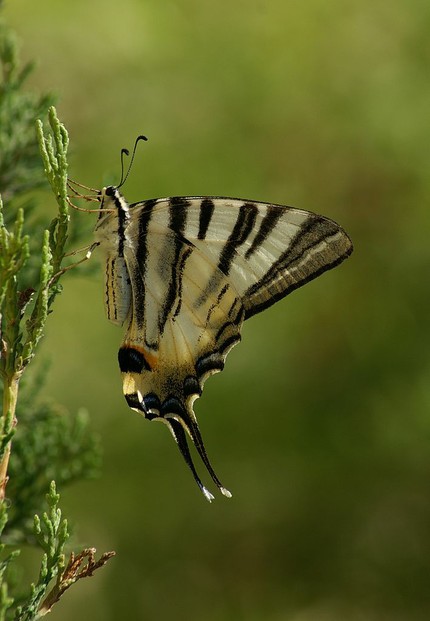





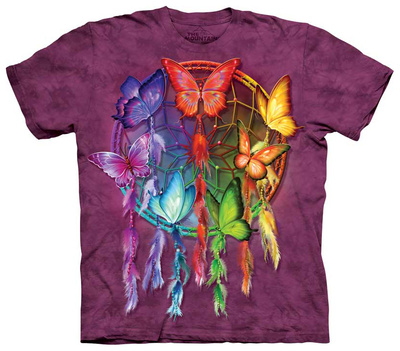

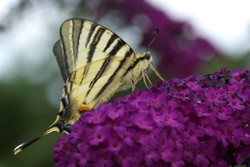

 Are Hawaiian Huakai Po Nightmarchers Avenging Halloween Thursday?on 10/02/2024
Are Hawaiian Huakai Po Nightmarchers Avenging Halloween Thursday?on 10/02/2024
 Mailing Addresses for 2023 Form 4868 Extending 1040 and 1040SR April 15, 2024, Due Dateon 04/15/2024
Mailing Addresses for 2023 Form 4868 Extending 1040 and 1040SR April 15, 2024, Due Dateon 04/15/2024
 Mailing Addresses for 2023 Forms 1040 and 1040SR Filed in 2024on 04/15/2024
Mailing Addresses for 2023 Forms 1040 and 1040SR Filed in 2024on 04/15/2024
 Mailing Addresses for 2022 Form 4868 Extending 1040 and 1040SR April 18, 2023, Due Dateon 04/13/2023
Mailing Addresses for 2022 Form 4868 Extending 1040 and 1040SR April 18, 2023, Due Dateon 04/13/2023

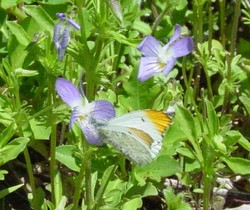
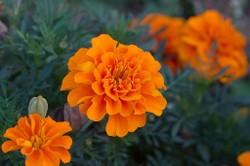
Comments